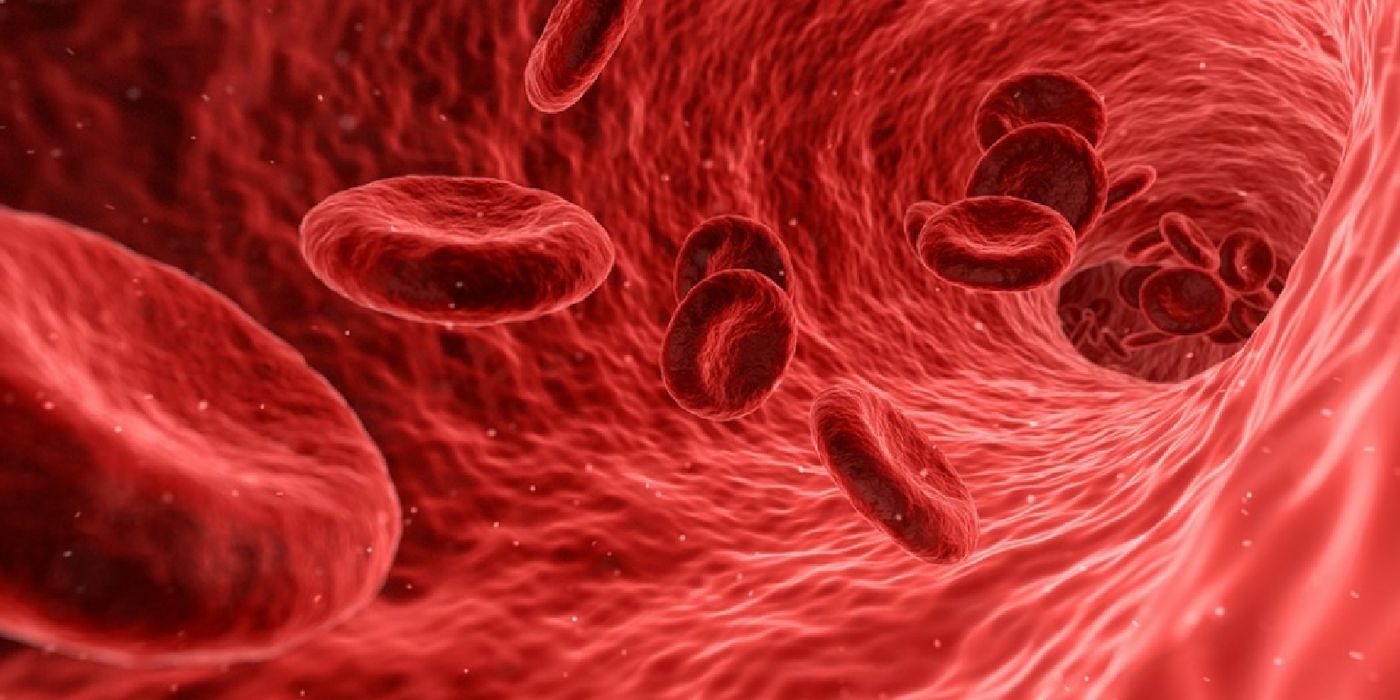Predicting Huntington's Disease From Blood
Researchers from the University College London announced the first blood biomarker that can predict and track the progression of Huntington’s disease.
Huntington’s disease is a neurodegenerative disorder that is progressive and fatal. In patients with the disease, the huntingtin protein is misfolded and these proteins form clumps in the brain. In turn, these proteinaceous clumps turn into toxic clusters that interfere with the function of neurons and leading to the mental and physical decline in patients. Although there are no cures for Huntington’s yet, early diagnosis could provide patients with more time to seek treatments and manage their disease.
"This is the first time a potential blood biomarker has been identified to track Huntington's disease so strongly," said the study's senior author, Dr Edward Wild, professor at the University College London’s Institute of Neurology.
Whereas current tests for Huntington’s disease rely on neuroimaging and samples from cerebrospinal fluid, Wild’s assay is blood-based. The new method promises less invasive procedures for the patients, and reduced costs overall.
The blood-based test searches for the neurofilament light chain protein, the presence of which signals cellular brain damage. In an international effort that followed 366 participants over the course of three years, researchers found that levels of the neurofilament corresponded with Huntington disease progression. That is, the higher the level of neurofilament in the blood, the more likely patients were to develop or manifest symptoms of Huntington’s. Furthermore, the levels predicted those patients who would later receive the diagnosis even though these patients had no symptoms at the start of the study.
"We have been trying to identify blood biomarkers to help track the progression of HD for well over a decade, and this is the best candidate that we have seen so far," said Dr Wild. "Neurofilament has the potential to serve as a speedometer in Huntington's disease, since a single blood test reflects how quickly the brain is changing. That could be very helpful right now as we are testing a new generation of so-called 'gene silencing' drugs that we hope will put the brakes on the condition. Measuring neurofilament levels could help us figure out whether those brakes are working."
As promising as the results appear, the team cautions that more validation is necessary before the test moves to the clinic. "This is the first time neurofilament has been measured in blood, so much more work is needed to understand the potential and limitations of this test," said Lauren Byrne, the study's first author. "In the future, if drugs to slow HD become available, it may well be used to guide treatment decisions. For now, this test is most promising as a much-needed tool to help us design and run clinical trials of new drugs."
Additional sources: MNT


![[Guide] 7 Strategies to Boost Laboratory Collaboration](https://d3bkbkx82g74b8.cloudfront.net/eyJidWNrZXQiOiJsYWJyb290cy1pbWFnZXMiLCJrZXkiOiJjb250ZW50X2FydGljbGVfcHJvZmlsZV9pbWFnZV83YzBjZWIwM2Y5YzI4MmFlYzBhZDZhMTcyNTQ1ZGU3YmE4Y2MzMDYyXzUxNDkuanBnIiwiZWRpdHMiOnsidG9Gb3JtYXQiOiJqcGciLCJyZXNpemUiOnsid2lkdGgiOjcwMCwiaGVpZ2h0IjozNTAsImZpdCI6ImNvdmVyIiwicG9zaXRpb24iOiJjZW50ZXIiLCJiYWNrZ3JvdW5kIjoiI2ZmZiJ9LCJmbGF0dGVuIjp7ImJhY2tncm91bmQiOiIjZmZmIn19fQ==)






